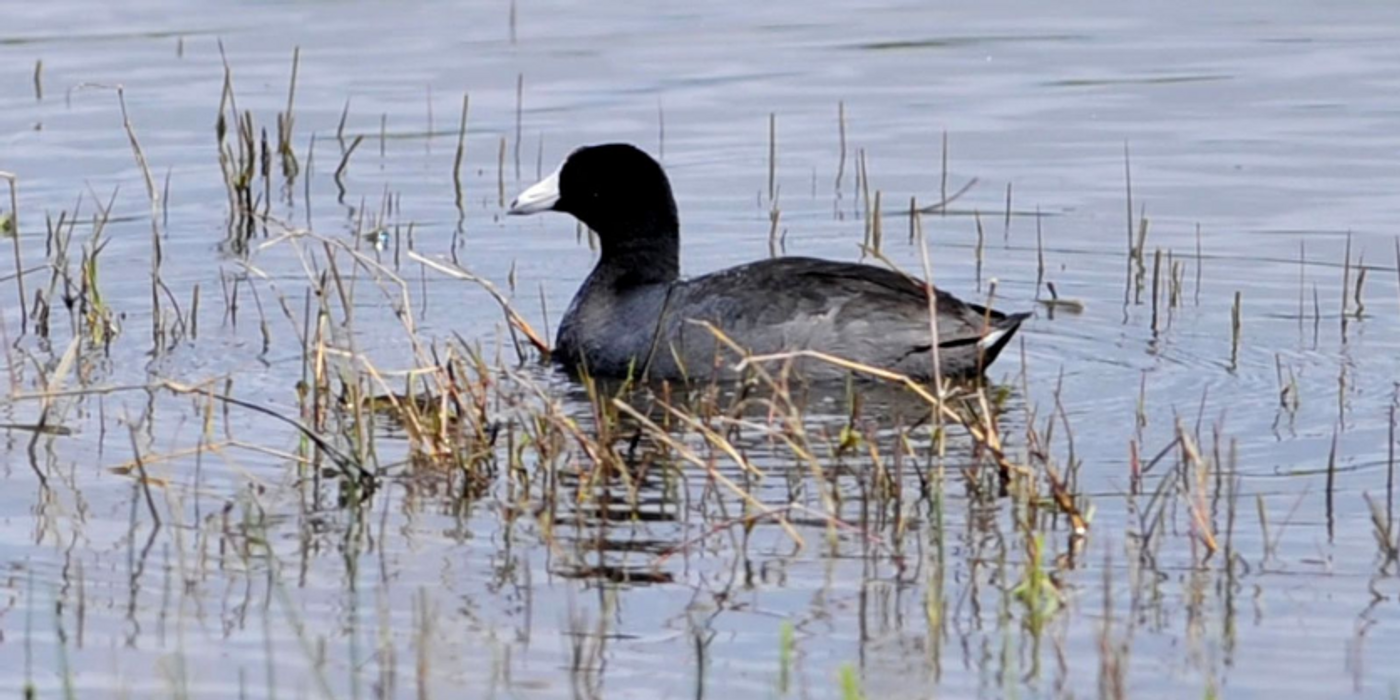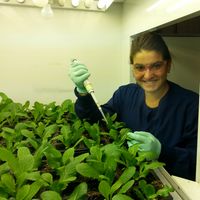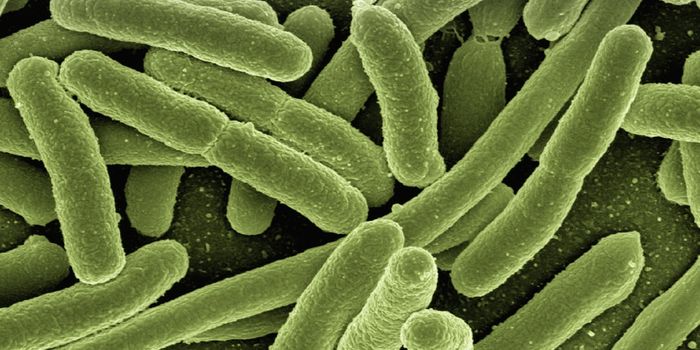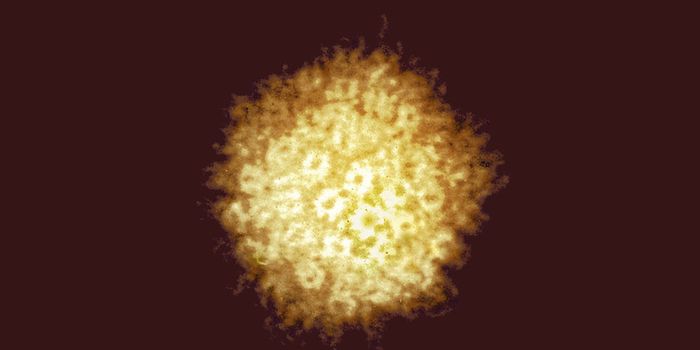Minimal Shedding of Salmonella by Waterfowl on Texas Coast
Salmonella enterica is the leading cause of bacterial illness in the United States as well as other parts of the world. The bacteria is commonly associated with livestock and poultry with some waterfowl species serving as reservoirs.
Researchers have shown that agricultural crops can become contaminated with Salmonella by defecation of wild birds who serve as reservoirs for the bacteria. Credit: Statesman Journal
According to the US Geological Survey, all species of birds are susceptible to salmonella infection and salmonellosis is a common cause of death in birds. The severity of infection can be affected by a variety of factors including age, stress, host species susceptibility, and virulence of the strain.
No obvious symptoms or lesions are typically observed in infected birds however; autopsies of birds who have died from a salmonellosis infection present with swollen livers that have small reddened or pale spots on them. Songbirds, specifically, often have “cheesy” nodules visible on the surface of the esophagus.
Migratory birds are able to travel long distances, allowing them to spread the bacteria over a large geographical area in a relatively short period of time. Whole genome sequencing and phylogenetic analyses have allowed scientists to visualize the spread of specific strains of Salmonella and E. coli from migratory birds, including novel antimicrobial resistant strains.
The ability for waterfowl to generate high accumulations of fecal material in agricultural fields indicates a large public health and food safety threat. There have been limited studies on the prevalence of Salmonella in waterfowl species, with most research coming from Europe and the United States. Scientists seek to perform more research on various wildlife species throughout the world in order to better identify the risks for spread of pathogens to humans.
A group of scientists from Texas A&M University, Cornell University, and the University of Pennsylvania came together to try and determine the prevalence of Salmonella from wild birds along the Texas Gulf coast. Fecal samples were collected from 375 wild birds that were killed by hunters at 4 wildlife management areas from September through November 2016. Fecal samples were cultured for Salmonella species and further analyzed for bacterial serotyping and antimicrobial resistance.
Fecal shedding by waterfowl on the Texas Gulf coast was found to be low, only 0.5% (2/375). Both positive samples were from adult female birds at Mad Island WMA in Matagorda County, Texas. One sample was collected from a Blue-winged Teal duck sampled in September 2016 and the other from a Redhead duck sampled in November 2016. The first isolate was identified as Salmonella Thompson and the second as Salmonella Braenderup. Both serotypes have been implicated in previous foodborne outbreaks. Fortunately, both isolates were susceptible to all antibiotics tested.
Sources: USGS, Zoonoses and Public Health









